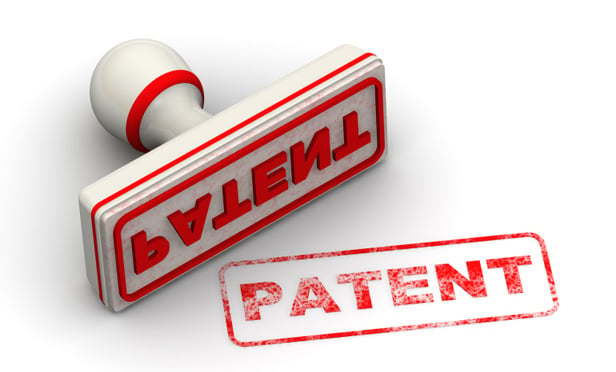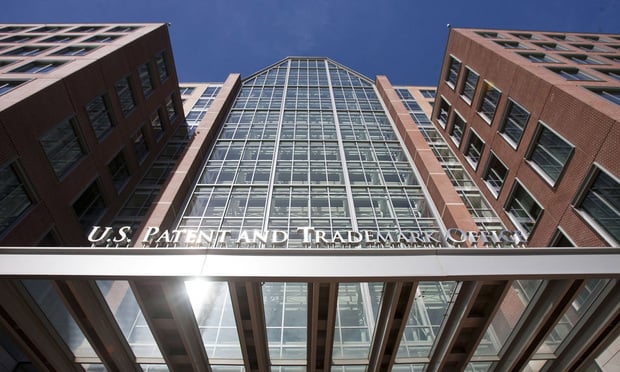Features

The 2025 Patent Landscape Begins With Many Pieces of Proposed Legislation
The U.S. patent legal landscape in 2025 is poised for change. The incoming presidential administration is coupled with interim changes in leadership at the USPTO after Kathi Vidal’s departure, and several newly vacant, fillable commissioner seat openings at the ITC. Amid that backdrop, many pieces of proposed patent legislation are pending in Congress which could further — or possibly stifle — modern trends in American patent law, and could alter our innovation landscape for years to come. This article surveys that pending patent legislation.
Features

Can a Licensor Receive Royalty Payments Beyond the Life of Patent Protection?
How do you determine if ongoing royalty obligations that extend beyond the life of underlying patent protection, even if agreed to by the contracting parties, are enforceable? A recent decision by the U.S. Court of Appeals for the Third Circuit shows what types of license arrangements pass the test.
Features

LJN Quarterly Update: 2024 Q3
The LJN Quarterly Update highlights some of the articles from the nine LJN Newsletters titles over the quarter. Articles include in-depth analysis and insights from lawyers and other practice area experts.
Features

Federal Circuit Decision Clarifies Obviousness-Type Double Patenting and Patent Term Adjustments In Allergan v. MSN Laboratories
On August 13, the Federal Circuit issued a precedential ruling that reversed the District of Delaware's application of the Federal Circuit precedent in In re: Cellect to invalidate a claim in an earlier-filed parent application over admittedly patentably indistinct claims in later-filed (and earlier-expired) child patents. This decision has resolved some substantial questions about the application of obviousness-type double patenting that had been raised by last year's In re Cellect decision.
Columns & Departments
IP News
Federal Circuit: Affirms Preliminary Injunction on Cancer Assays Federal Circuit: Affirms Judgment of Unpatentability on the Pleadings for Claims Directed to Method of Assisting an Investigator in Conducting a Background Investigation
Features

Federal Circuit Overrules 'Improperly Rigid' Obviousness Test
In an eagerly anticipated decision involving the proper standard for assessing when a claimed design is obvious, the Federal Circuit overruled the Rosen-Durling test that courts and the USPTO have been applying for nearly 30 years, calling the test "improperly rigid" and inconsistent with Supreme Court precedent.
Features

Idaho District Court Imposes First-Ever Bond Order Under the State's Bad Faith Assertions of Patent Infringement Act
The Act is intended to guard against patent trolling and creates a private cause of action for those targeted by bad faith infringement assertions and contemplates two types of relief: remedies and a bond requirement.
Features

AI Can Facilitate Innovation, But It Can Also Become a Potent Patent Killer
When is an inventor not an inventor? It's when the inventor isn't human. So, if a non-human inventor can't, in the eyes of patent law, be an inventor, what role can the non-human inventor have in the patent system? The answer is straightforward. Even though it can't create, it can destroy.
Features

Patent Your Trade Secrets In Wake of Noncompete Ban
While it may be growing more difficult to protect business information with the FTC's noncompete ban, patents can provide strong protection over technical innovations, regardless of whether the inventor stays with the company or leaves.
Features

Key Takeaways from the Latest USPTO Guidance on AI
The April Guidance, which supplements prior guidance issued in February, seeks to remind practitioners of existing rules and to educate them on potential risks associated with artificial intelligence tool use, allowing practitioners to mitigate these risks.
Need Help?
- Prefer an IP authenticated environment? Request a transition or call 800-756-8993.
- Need other assistance? email Customer Service or call 1-877-256-2472.
MOST POPULAR STORIES
- Use of Deferred Prosecution Agreements In White Collar InvestigationsThis article discusses the practical and policy reasons for the use of DPAs and NPAs in white-collar criminal investigations, and considers the NDAA's new reporting provision and its relationship with other efforts to enhance transparency in DOJ decision-making.Read More ›
- The DOJ's Corporate Enforcement Policy: One Year LaterThe DOJ's Criminal Division issued three declinations since the issuance of the revised CEP a year ago. Review of these cases gives insight into DOJ's implementation of the new policy in practice.Read More ›
- The DOJ's New Parameters for Evaluating Corporate Compliance ProgramsThe parameters set forth in the DOJ's memorandum have implications not only for the government's evaluation of compliance programs in the context of criminal charging decisions, but also for how defense counsel structure their conference-room advocacy seeking declinations or lesser sanctions in both criminal and civil investigations.Read More ›
- State Law Requiring Offer to License Conflicts With Copyright ActA federal judge has sided with the Association of American Publishers (AAP), finding in June that a recently enacted Maryland library e-book law conflicts with federal copyright laws.Read More ›
- Bankruptcy Sales: Finding a Diamond In the RoughThere is no efficient market for the sale of bankruptcy assets. Inefficient markets yield a transactional drag, potentially dampening the ability of debtors and trustees to maximize value for creditors. This article identifies ways in which investors may more easily discover bankruptcy asset sales.Read More ›
